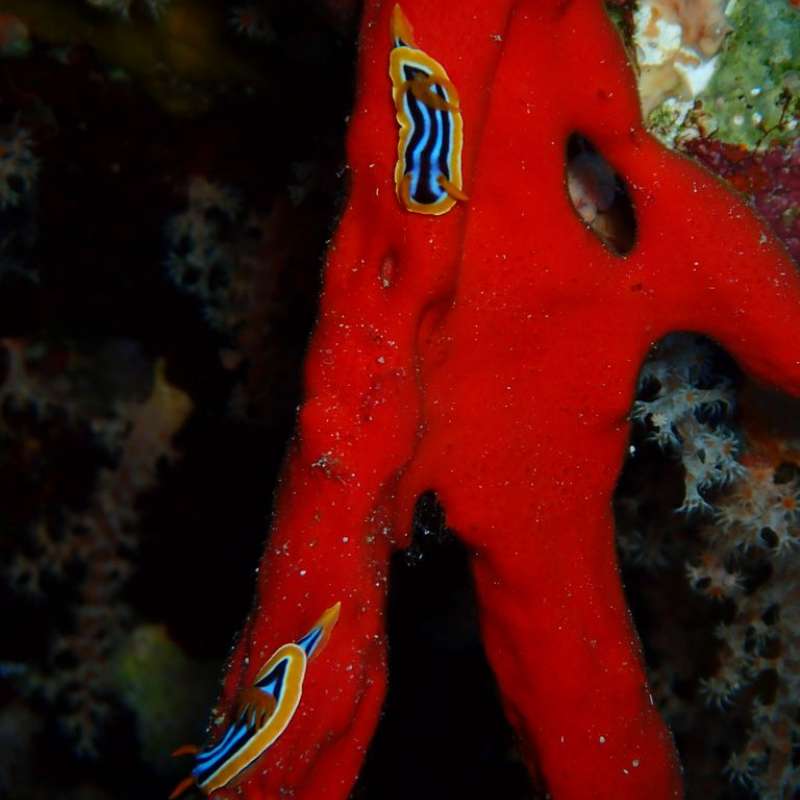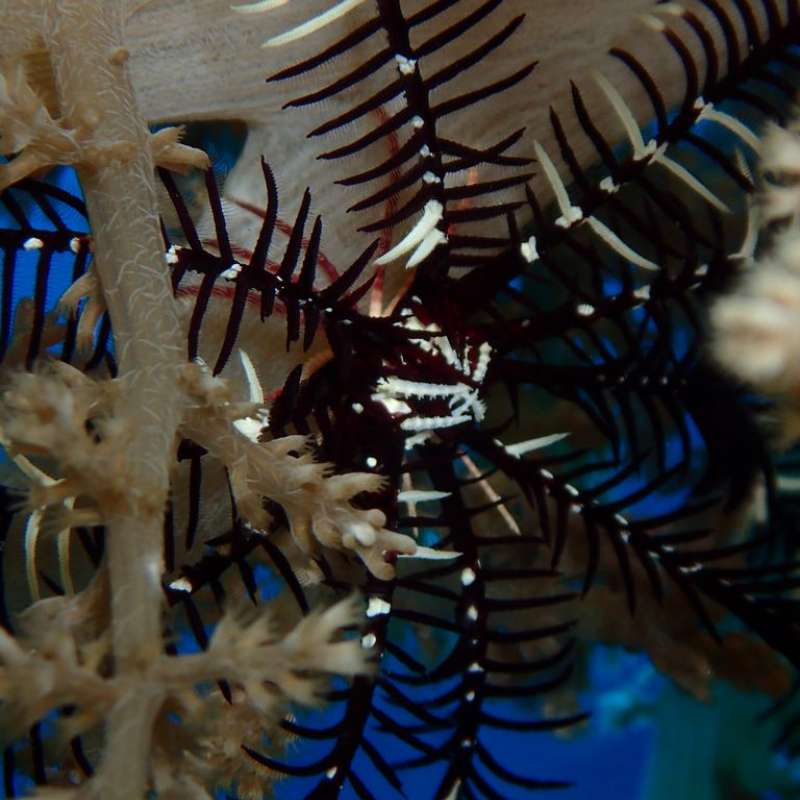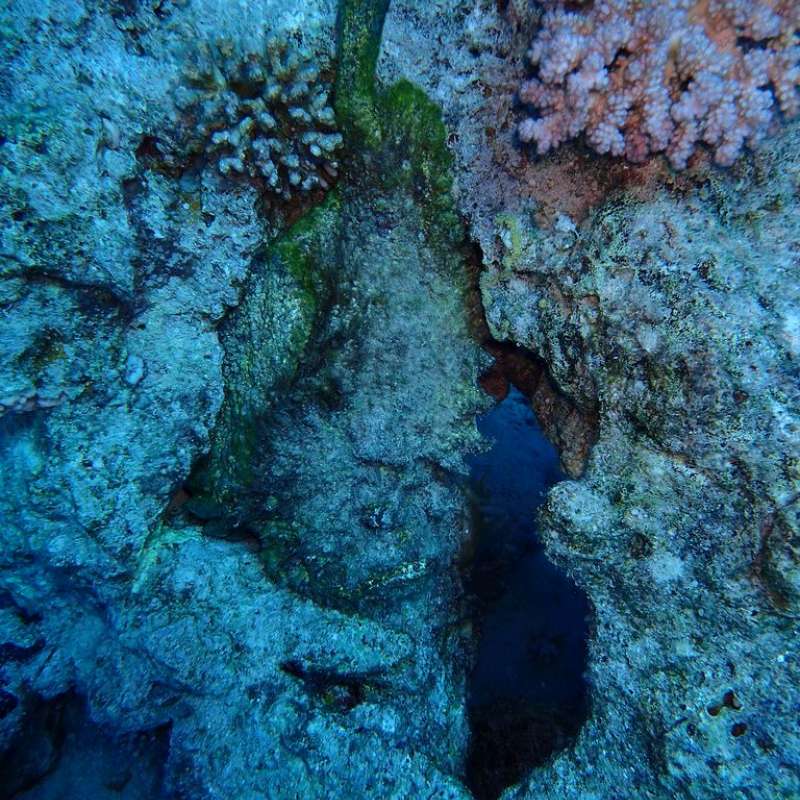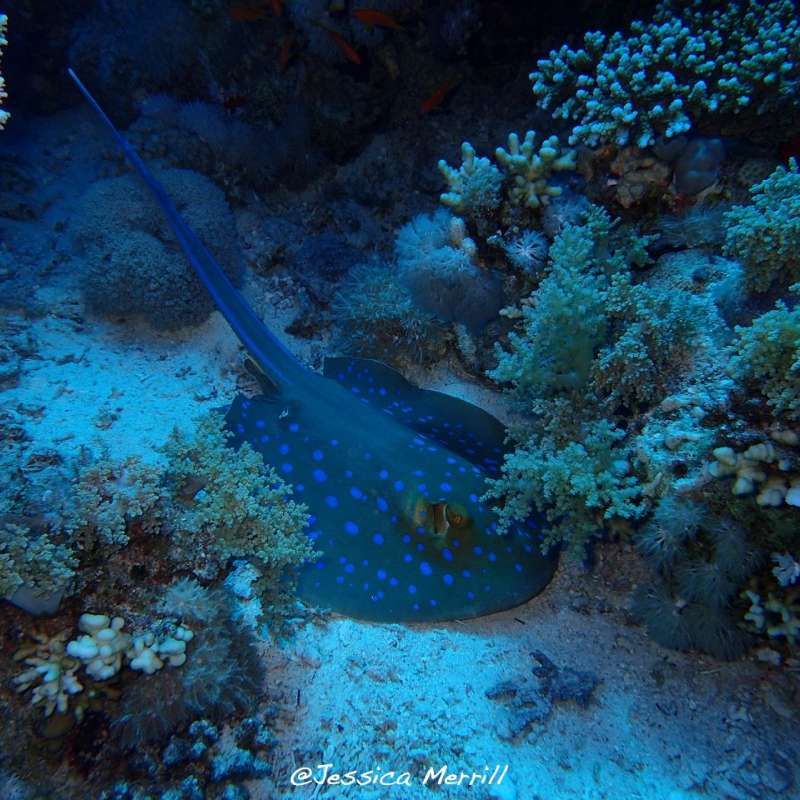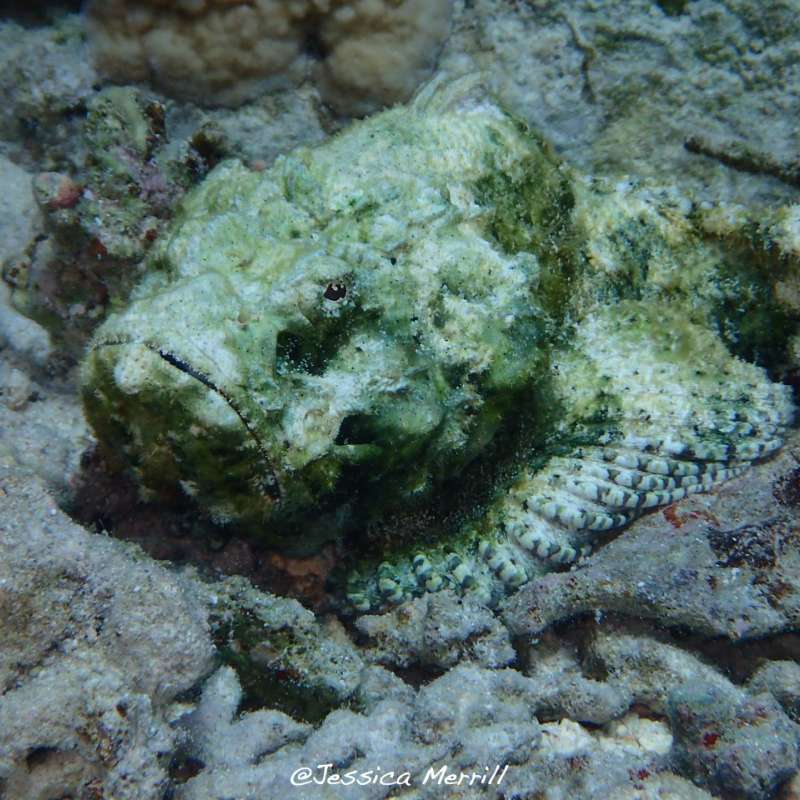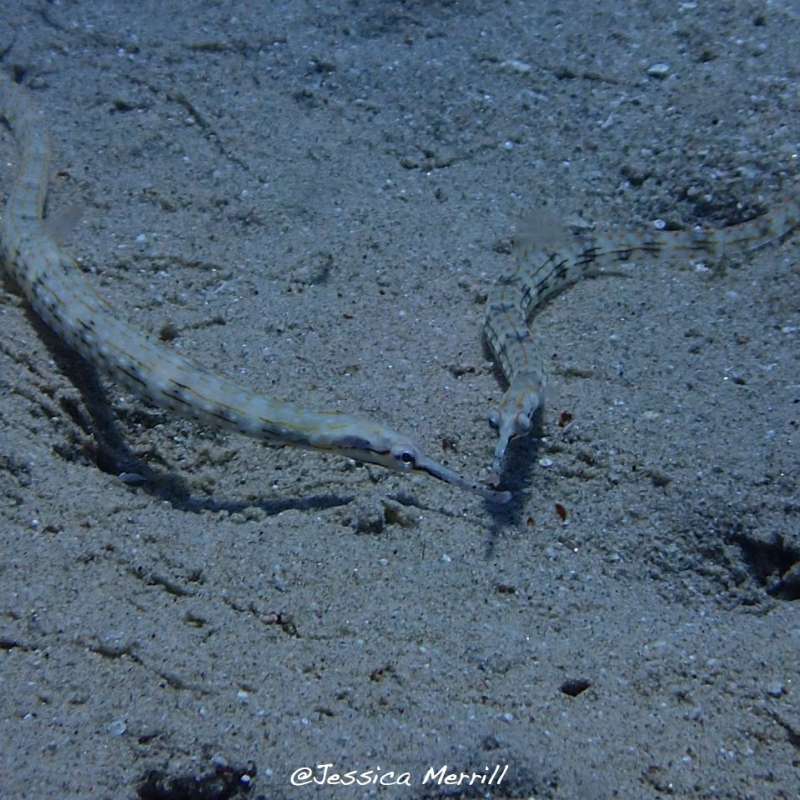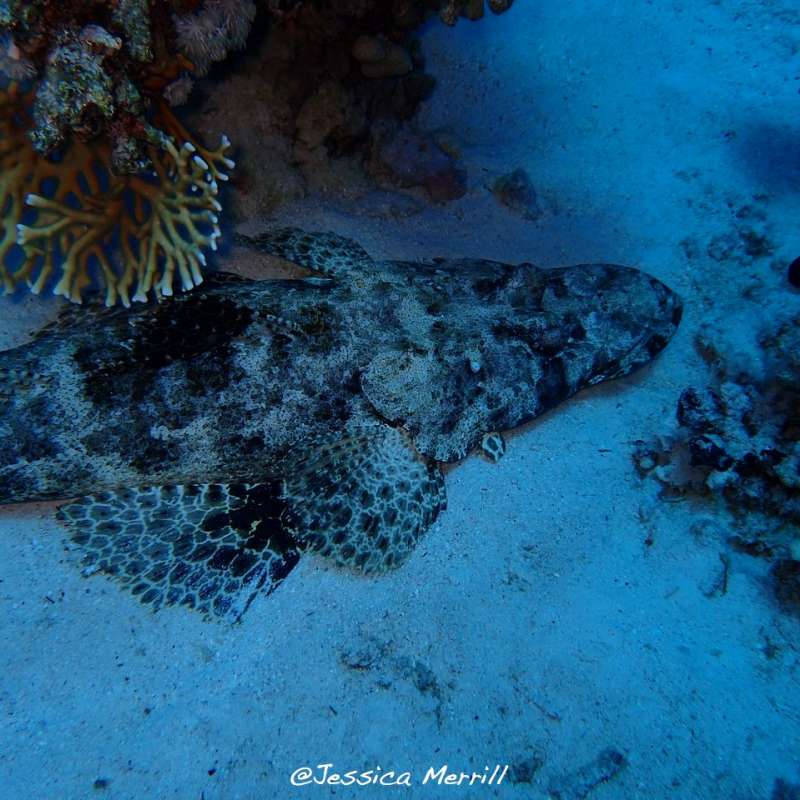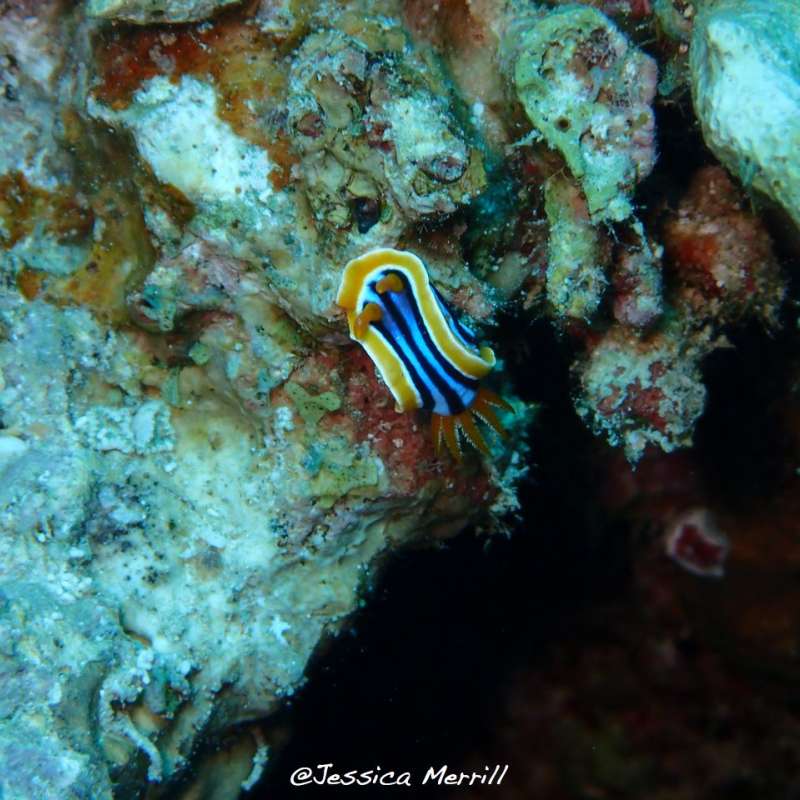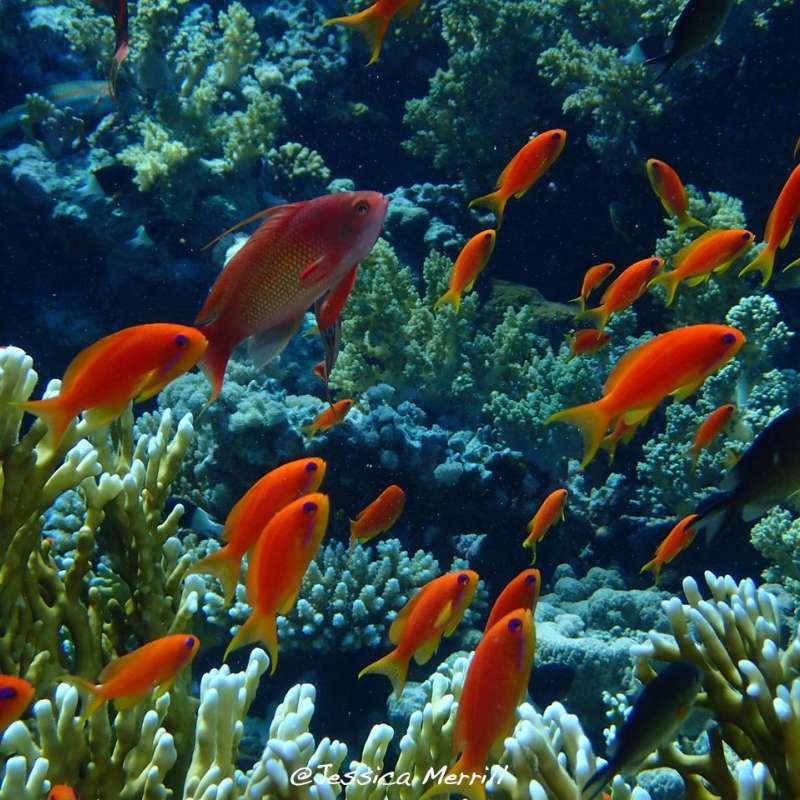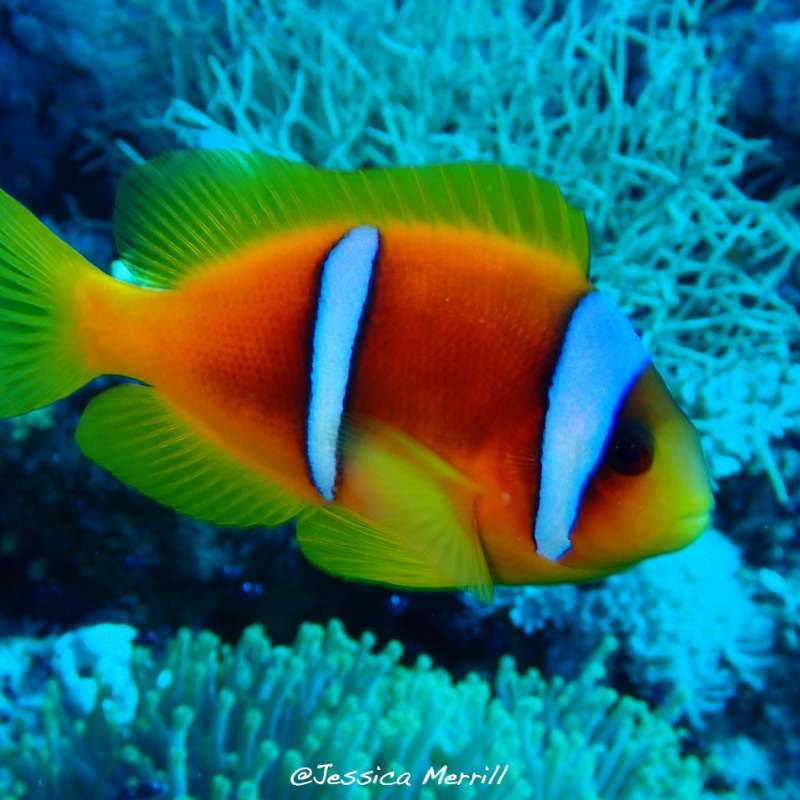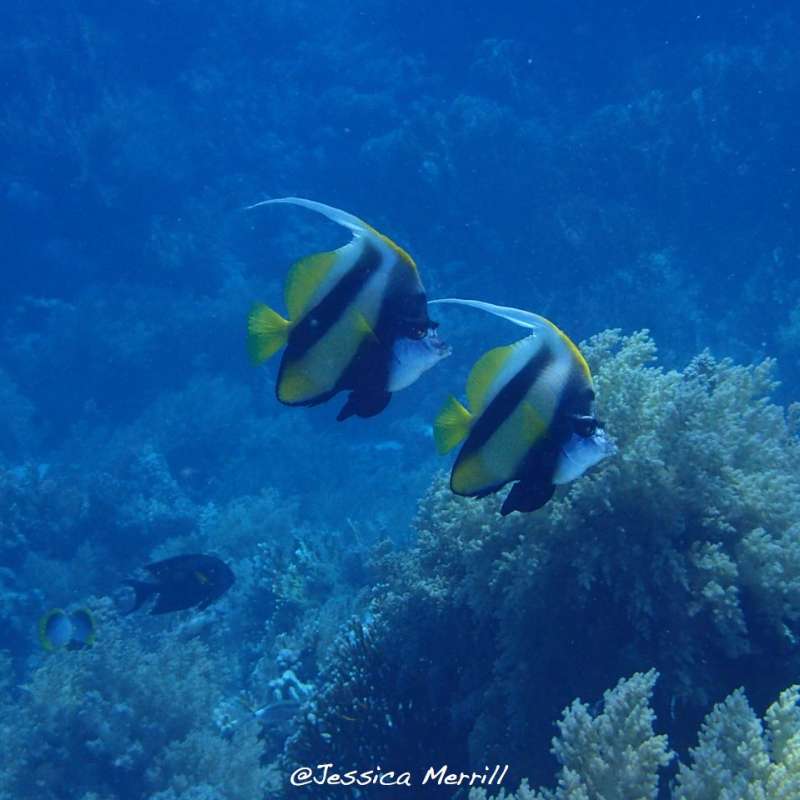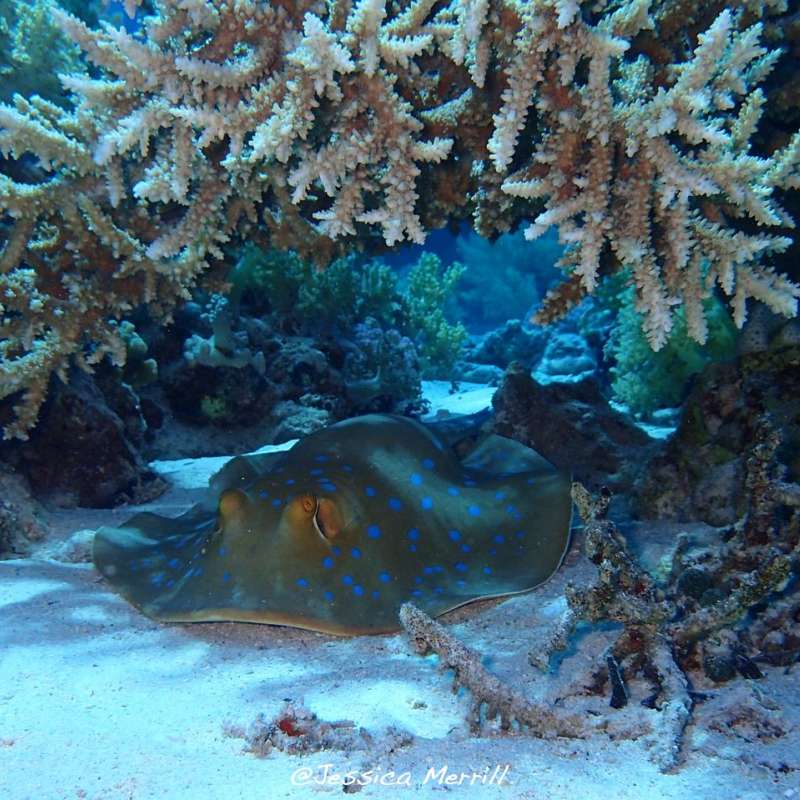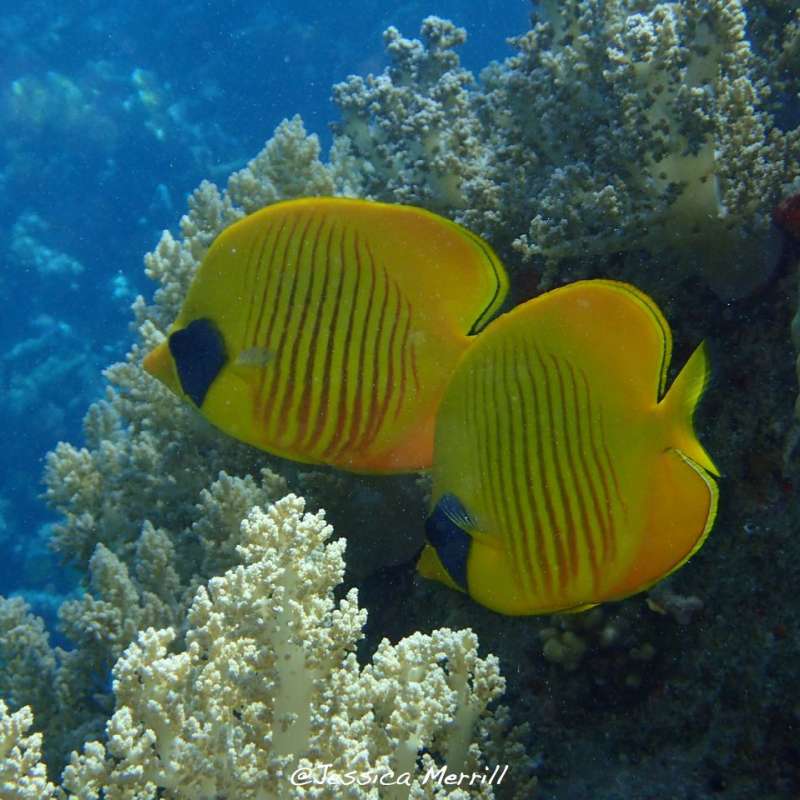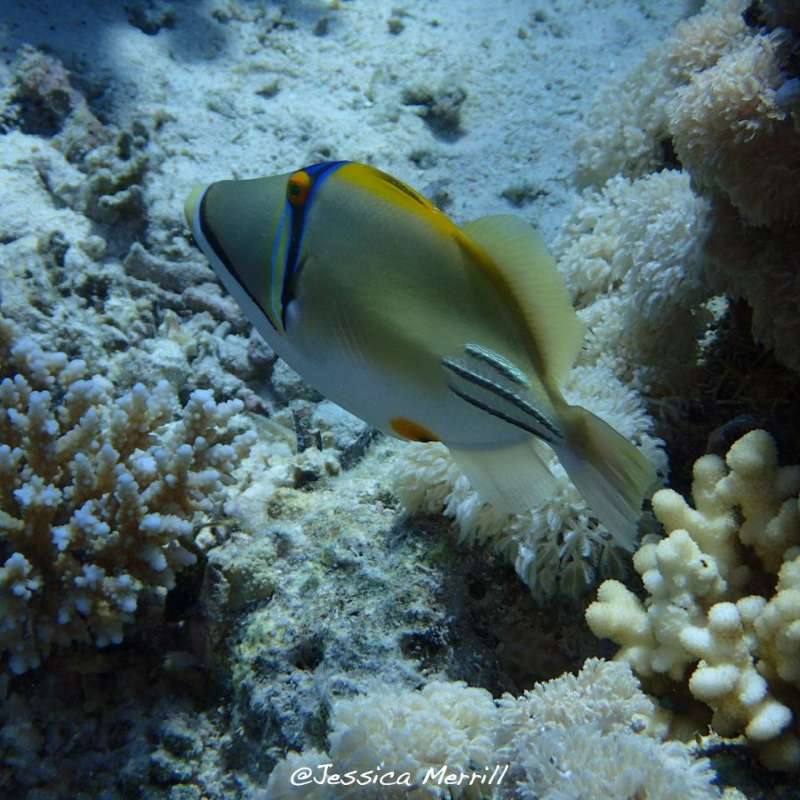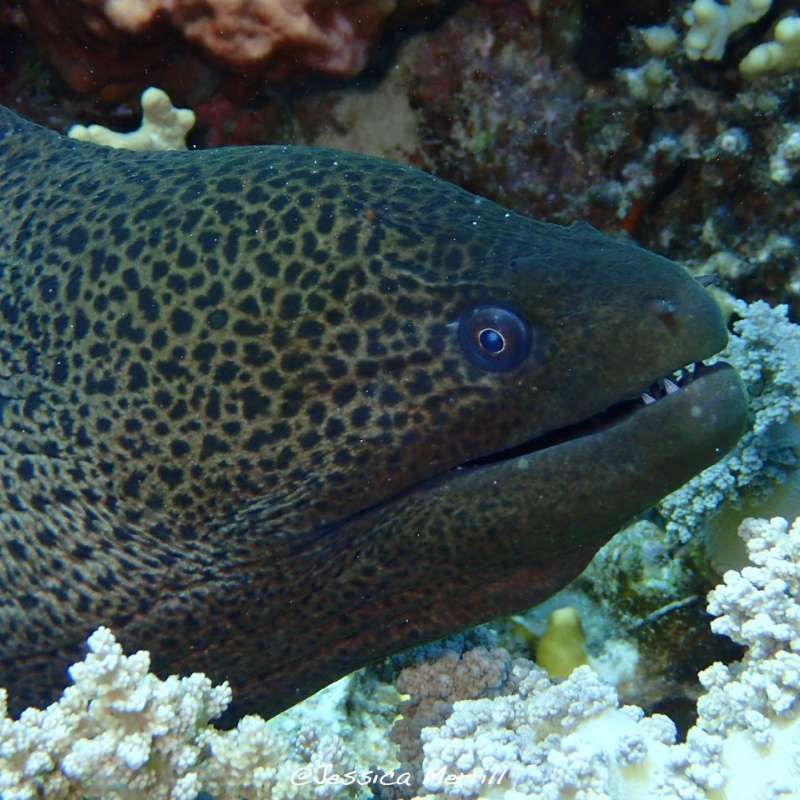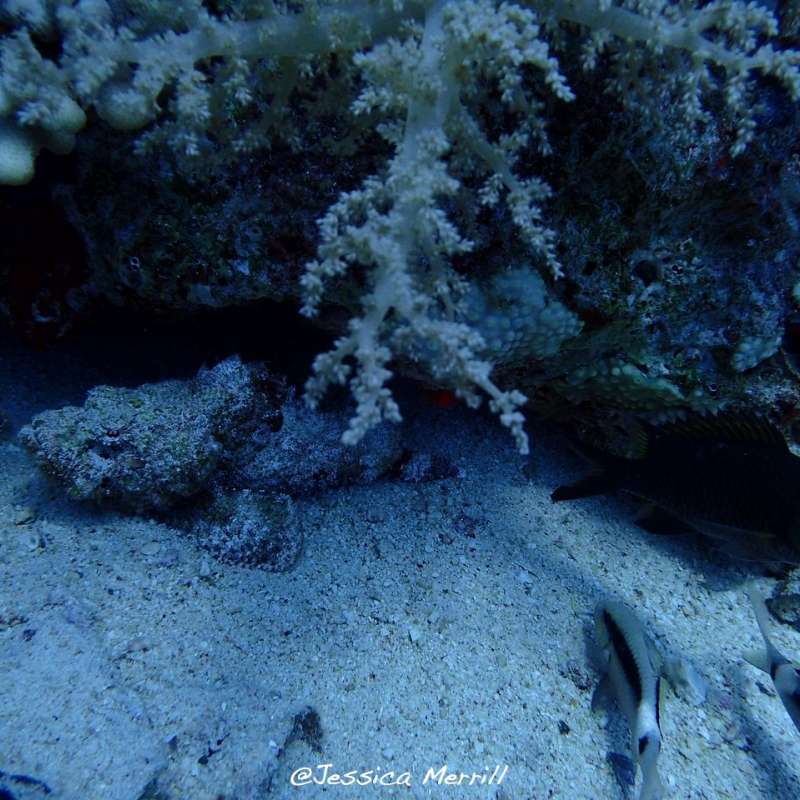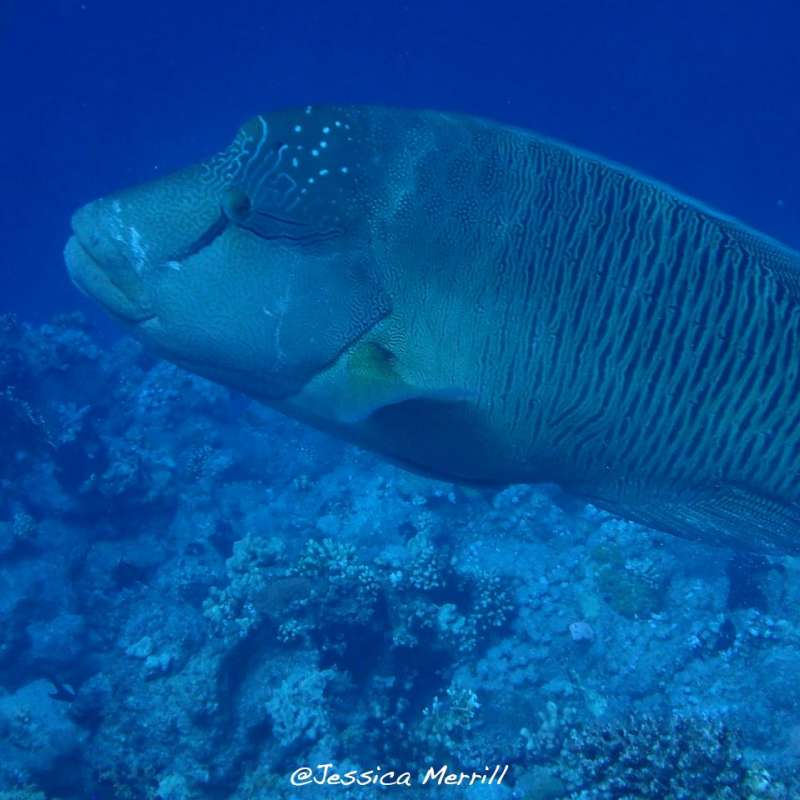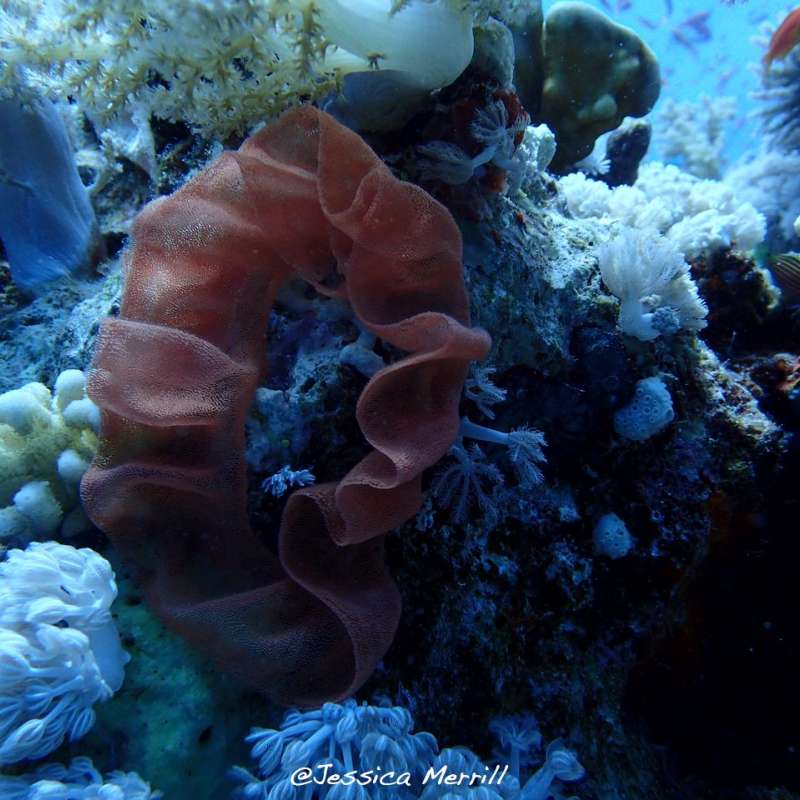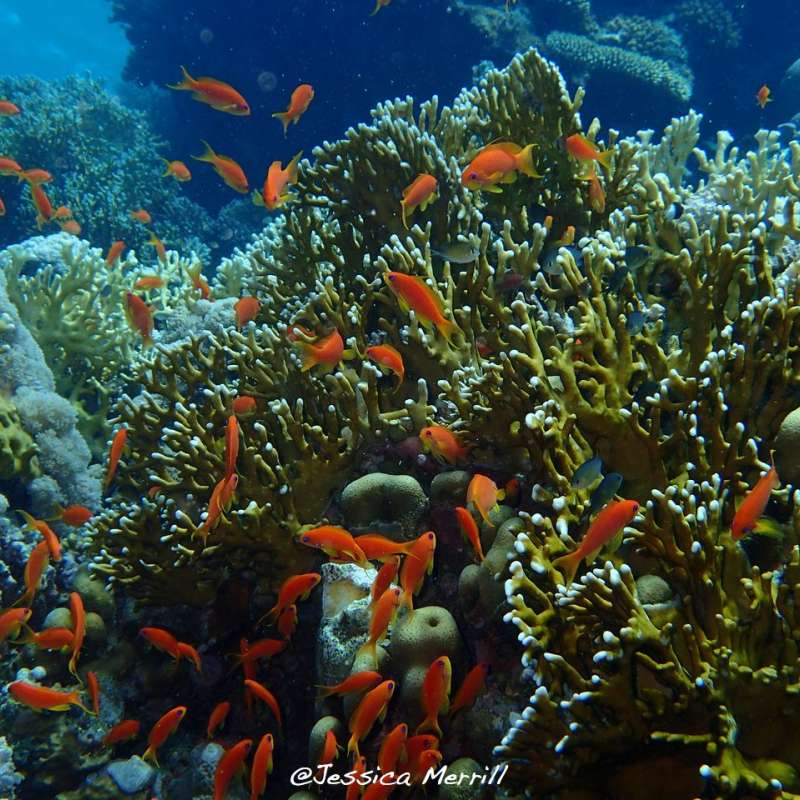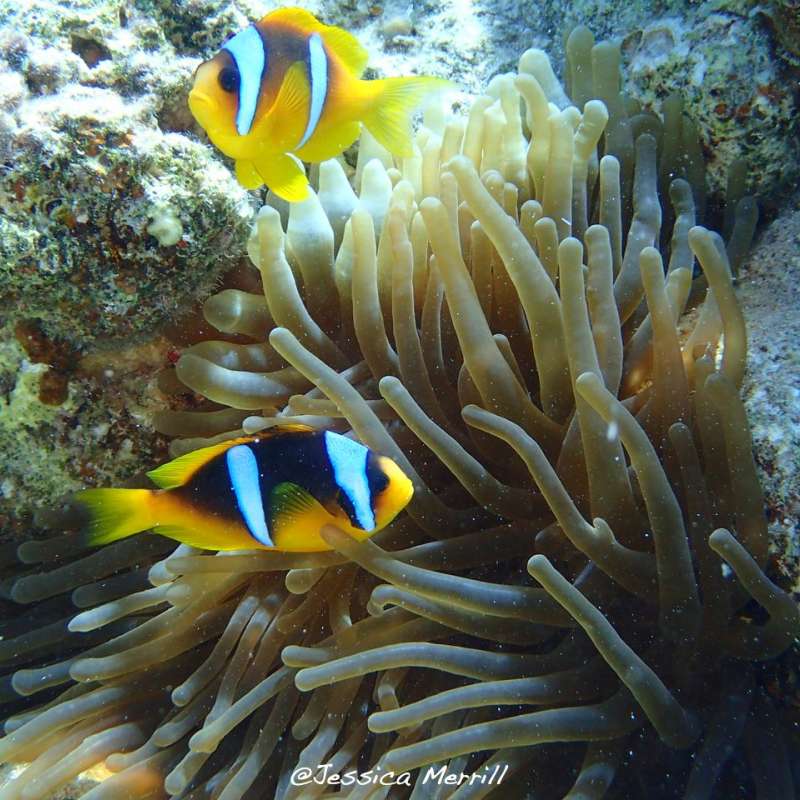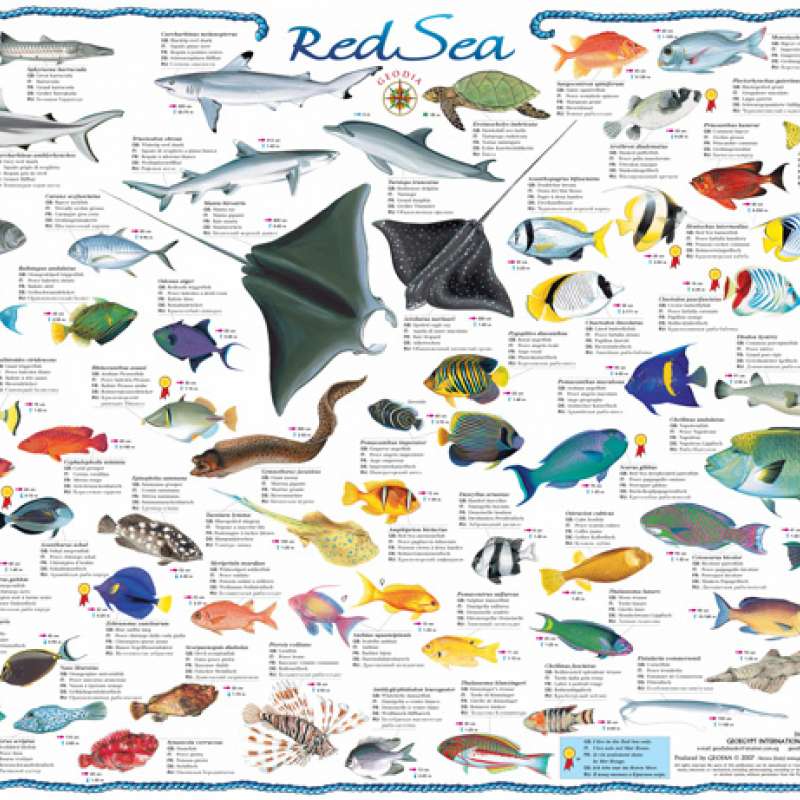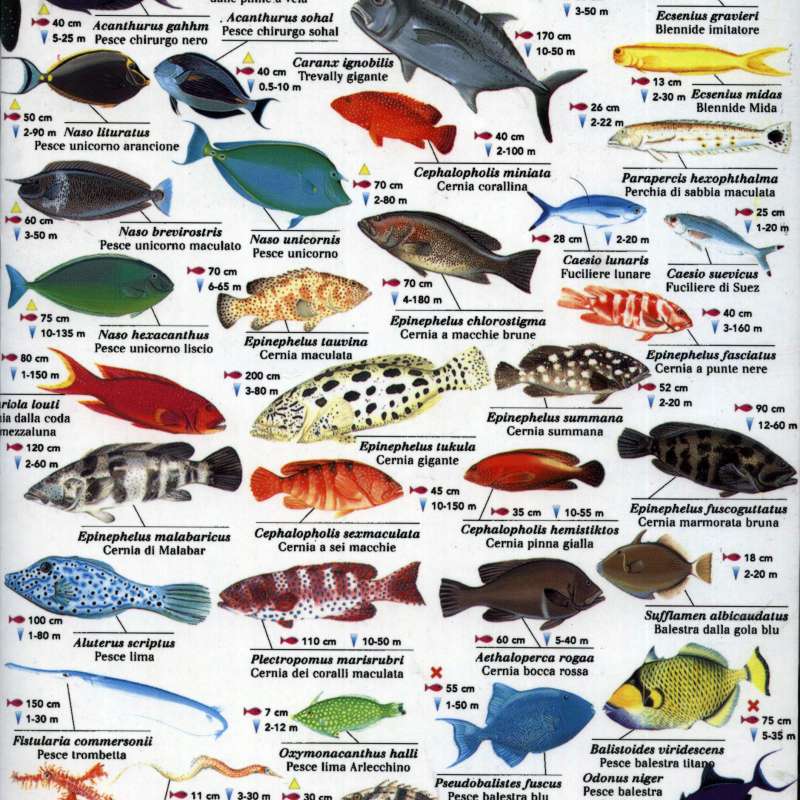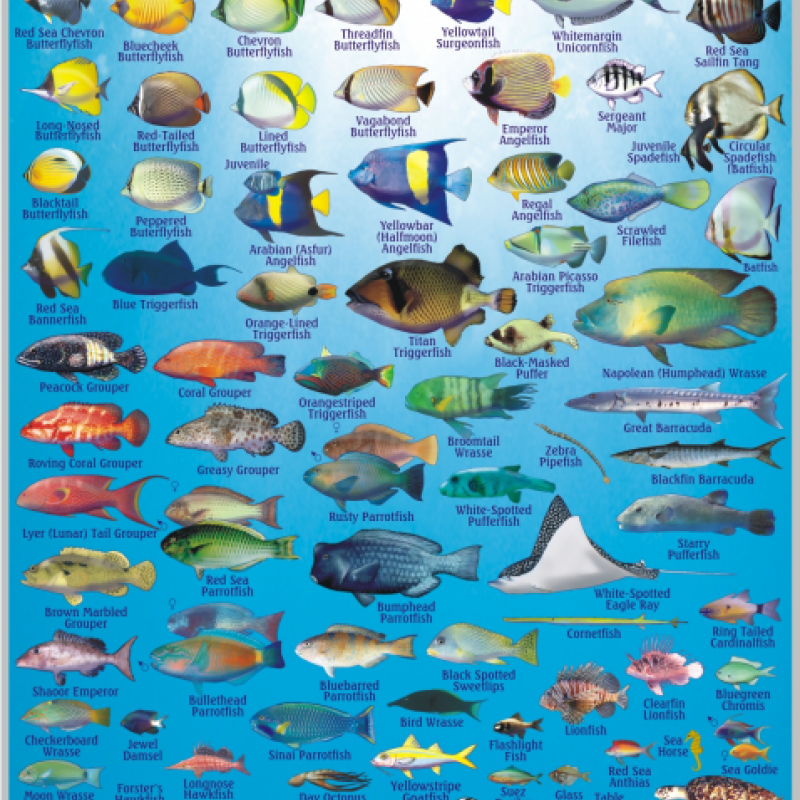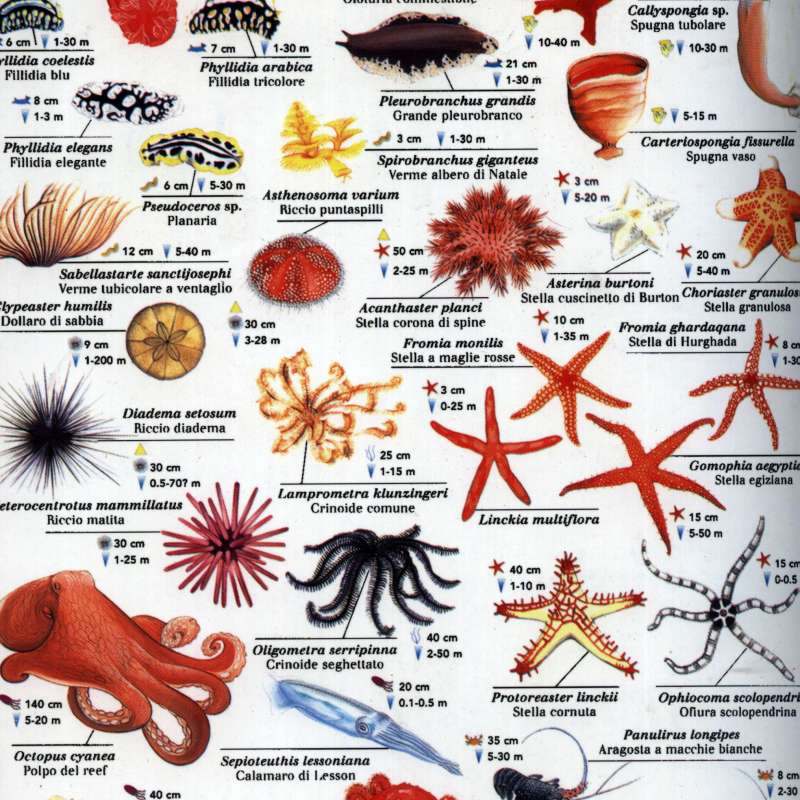Red Sea Fish ID
The Red Sea is known for its abundant sea life, and wide variety of present species. Of course most divers hope to encounter a manta ray or hammerhead, but not every dive can be filled with the big stuff. There are many unique species here that can be spotted on every dive.
Anthias are one of the most frequently encountered reef fish in the Red Sea. Their bright colors, and pronounced dorsal fins make them quite popular with photographers, as well as aquarium collectors. While often taken for granted because they are so commonly seen, they are actually a fascinating family. All anthias are born female. When a dominant male dies, a large female might transform to take his place. Each dominant male swims with a harem of females, and schools of over 1,000 can be found swimming together. Many species of anthias can be found throughout the Red Sea, but the most common is the scalefin. This "sea goldie" graces almost every reef in the region.
Outcroppings along the coral reef are an excellent place to spot elusive stonefish in hiding. All members of this family are venomous, and can cause serious injury to divers. Stonefish are incredibly adaptable to their environments, and can even survive above water for up to 24 hours! They are masters of camouflage, and can blend into almost any surface. Stonefish stay so incredibly still while waiting for their prey that algae often begins to grown on them. This "dirty" appearance only adds to their expert disguise. Not only are they hidden from predators, they are also invisible to their prey. They lie in wait for hours until the right reef fish swims by. Then, they open their huge jaws and swallow it whole!
The Red Sea is well known for its abundance of pipefish. Many species are represented here, but the most frequently spotted on the reef is the Schultz's pipefish. This adorable cousin of the seahorse is often found in pairs over sandy bottoms right along the reef's edge. They are not strong swimmers, and choose a sheltered habitat away from strong currents. Like seahorses, for pipefish the male carries the fertilized eggs in his brood pouch and gives birth. Juvenile pipefish look just like the adults, only tiny!
Macro enthusiasts will be surprised to find large colonies of pyjama nudibranch on most shallow Red Sea reefs. These soft bodied slugs are frequently found in shallower depths, and most frequently on red sponges. It is unknown, but suspected that they feed on this sponge. The crown-like appendage on the slug's back is actually its gills! The spanish dancer is also quite common here, but much harder to spot thanks to its nocturnal behavior. Its ribbon of eggs is frequently found on the vertical surfaces of reef and rock.
The humphead wrasse, commonly known as the Napoleon wrasse is the largest member of its family. Adult males can even reach lengths of up to 2 meters. Larger and more mature examples are usually found in deeper waters and on the outer slopes of the reef. These fish are known to live for over 40 years, but have a very long breeding cycle. Unfortunately, this factor combined with loss of habitat and ocean acidification has threatened their numbers in recent years. Surprisingly, this large fish eats almost exclusively shellfish and crustaceans. They use their large lips and bumped heads to dig around for their prey in the sand.
While many species of stingray can be found in the Red Sea, the favorite among divers is the blue spotted ribbontail ray. This species spends most of its day resting in caves and under reef ledges out of sight. At night, large groups of these rays can be found rooting in the sand for food. Unlike other species, this ray rarely buries itself in the sand. This makes them easier to spot and photograph! Stingrays are generally very shy with divers, but can inflict serious wounds with their tail spines if harassed or touched. It is common to find goatfish and small wrasse following these rays while they feed. Their leftovers make an easy meal for other sand dwelling species! They are also frequently visited by small cleaner fish and shrimp.
Another common reef fish here is the Red Sea clownfish. Just like its relatives in Asia, this anemonefish forms a relationship with its host anemone. Not only does the fish have a safe hiding place behind the anemone's tentacles, it also benefits from its food scraps. In turn, the clownfish keeps the anemone parasite free and defends it from predators. Underwater photographers might be a bit surprised by this tiny fish’s territorial personality. This fish is frequently found in pairs, with the dominant female typically swimming above the male.
Of course, many other species of fish can be found on every Red Sea dive. Scorpionfish and flatheads are common sights in the sand. The highly unique picasso triggerfish and many species of butterflyfish hover above the colorful corals. Delicate feather stars and cleaner shrimp hide within the reef itself. And, giant moray eels defend caves and holes with their open and intimidating jaws. This unique ecosystem is home to over 1,000 species of fish, most of which are small reef dwellers. Fish ID enthusiasts will never run out of species to discover here!
@ This article above is written by Jessica Merrill (PADI Instructor #351781), please give respect to her copyright!
This article & photos are not to be reproduced or distributed without written permission of Jessica Merrill.
